Australia’s first smart-helmet manufacturer, Forcite, has created an exciting cockpit-view race video filmed with their clever helmet.
Filmed in collaboration with Cam Elkins of Stories of Bike, Under Lights features the amateur racing event – The Summer Night Series.
Forcite spokesman Charlie Stack says it is a short story that explores the tight-knit community and culture that has formed around Australia’s newest and most exciting race series.
It is hosted by St George Motorcycle Club over four rounds under the state of the art Floodlight installation at Sydney Motorsport Park.
“St George Motorcycle Club started the series two seasons ago in an effort to bring something fresh and exciting to an otherwise stagnant Australian amateur motorcycle racing scene,” Charlie says.
“Driven forward by a raft of dedicated organisers, volunteers, and competitors, the series is quickly becoming a crowd favourite for Sydney based spectators, and the club hopes to grow the event in the upcoming season and beyond.”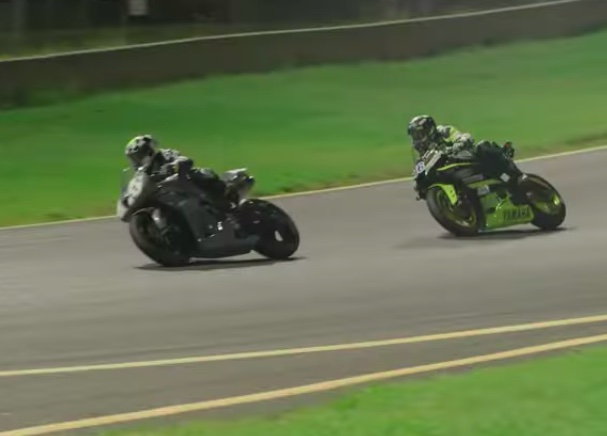
Also showcased is Forcite-sponsored rider Aidan Hayes with his Forcite helmet providing a unique cockpit view of the close racing.
He battles his way through the field from a pit lane start to end in a photo finish, separated from a fellow rider by mere centimetres. 
Forcite has launched a public equity crowdfunding campaign through Equitise to build more varieties of their MK1 helmets and expand into the world market.
The cashed-up company has already attracted funding from Atlas Advisors Australia, bringing their combined post-sales funding to $8 million.
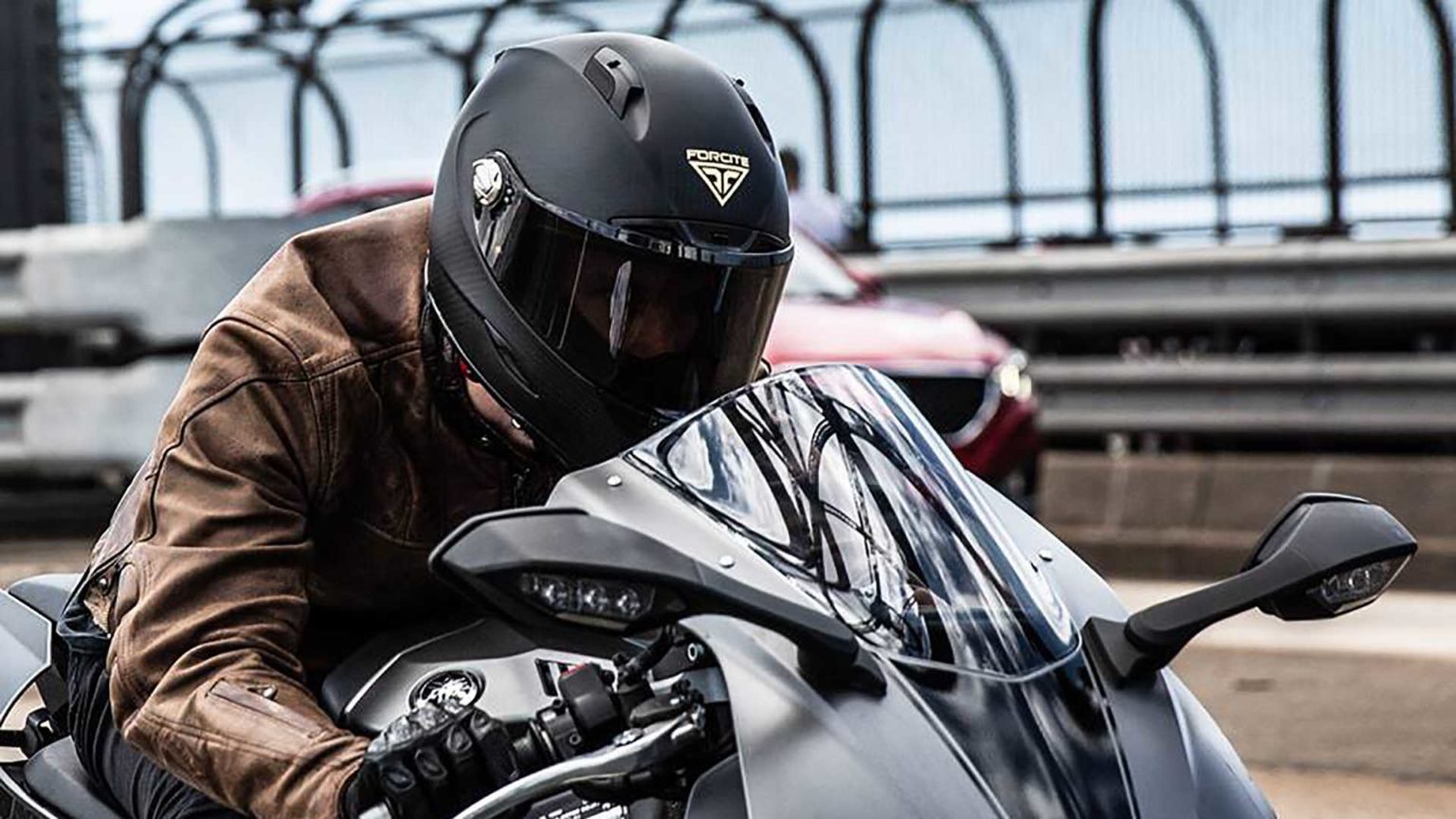
The MK1 helmet features Forcite’s patented RAYDAR helmet system, combining Formula 1 LED technology, audio interactivity, military-grade camera recording and a fingertip handlebar controller.
Forcite’s smart helmet is designed to deliver road alerts and visual and audio turn-by-turn navigation without a phone, enabling riders to see or predict things before they happen to avoid danger.
It also automatically records dashcam footage of multiple lanes without distracting the rider.
All the technology is incorporated into the helmet without the need for an externally mounted device.
Forcite Chief Executive Officer Alfred Boyadgis claims the helmet’s technology which warns of road hazards with flashing lights, can reduce the number of accidents and save lives.
The Sydney based motorcycle technology company aims to provide a safer, more dynamic motorcycling experience with it’s Forcite MK1 smart motorcycle helmet. The world’s first ECE 22.05 approved smart helmet has rapidly sold out every time it has been available.
Now, 1380 riders are using the Forcite MK1 on the road and track with 14,000 more registering their interest to buy.
Source: MotorbikeWriter.com

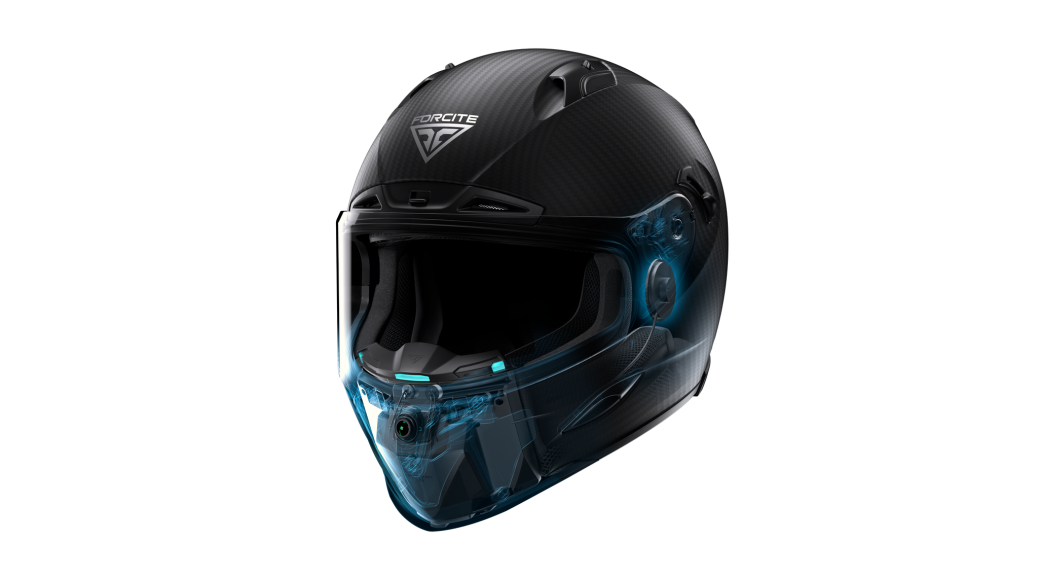
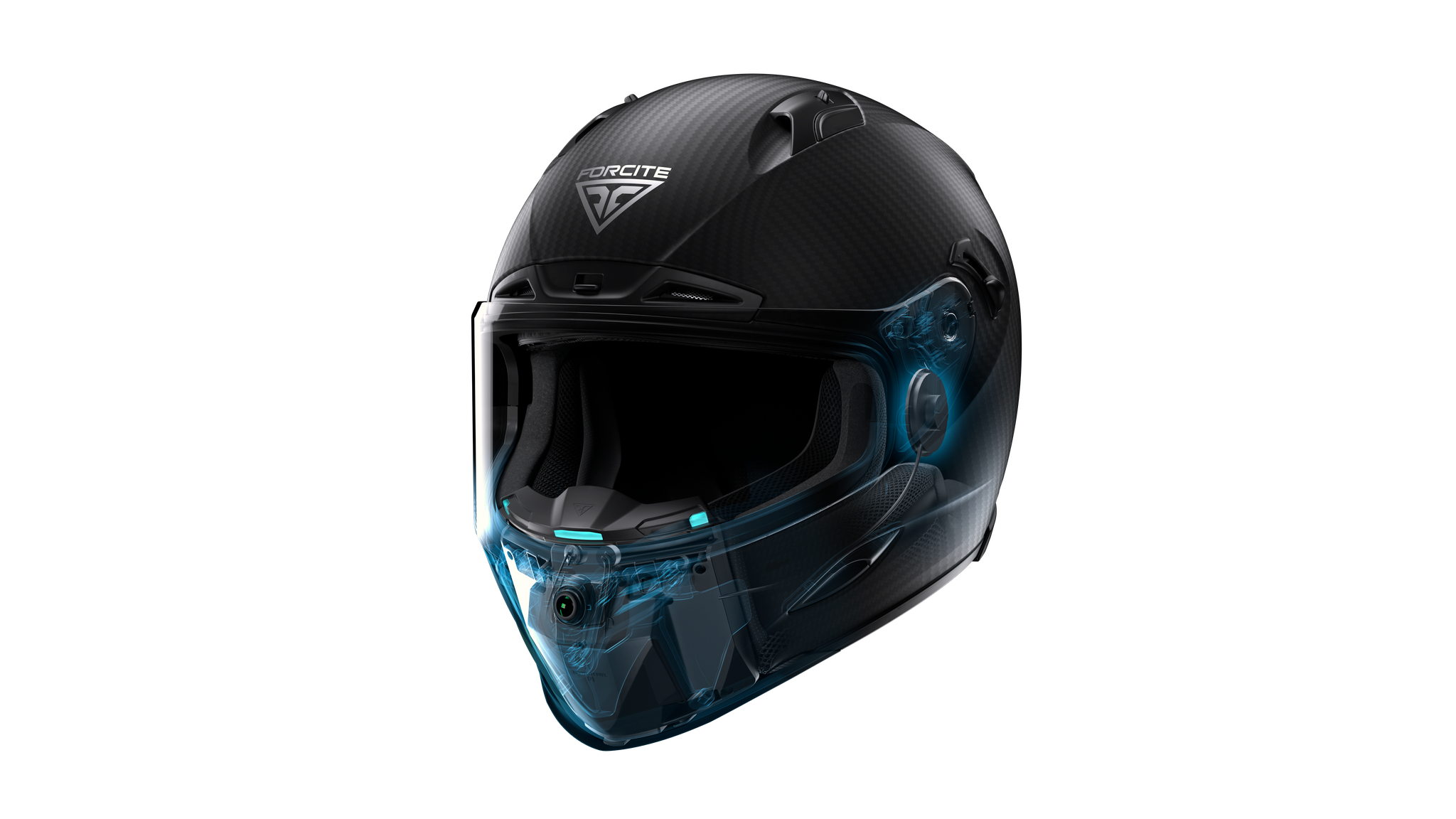
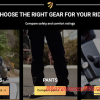

 Aussie Forcite smart helmet
Aussie Forcite smart helmet Livall
Livall Bell Broozer convertible helmet
Bell Broozer convertible helmet Tali Connected
Tali Connected

























